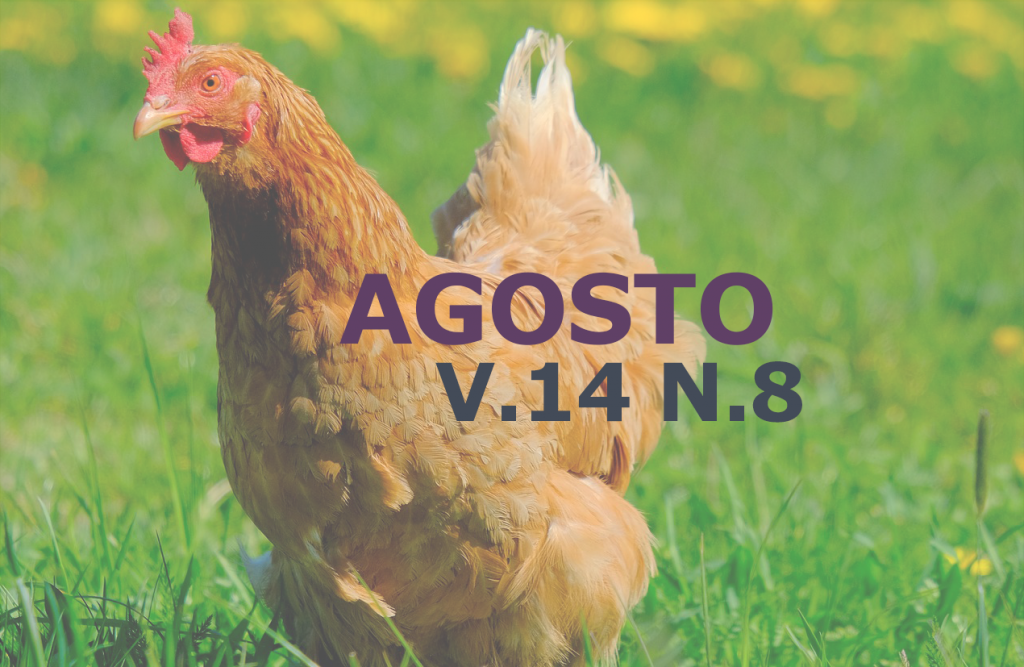Helminth frequency in fecal samples from dogs in Pelotas’s city public parks
DOI:
https://doi.org/10.31533/pubvet.v14n8a636.1-6Keywords:
animals, feces, parasites, zoonosisAbstract
The aim of this present study was to evaluate the frequency of gastrointestinal helminths of small animals in the public parks at Pelotas-RS. During the 12 month period of the study, from October 2018 to September 2019, 470 environmental feces samples were collected with the help of plastic bags in 10 public parks and they were sent in an isothermal container to the Group Study Laboratory on Parasitic Diseases (GEEP), FAVET-UFPel, in which the samples were processed using the Willis Mollay’s coproparasitological techniques (1921) and Spontaneous sedimentation (HPJ 1934). The results obtained showed that 41.1% (n = 193) of the samples were positive for some parasitic genus, with the most common helminth being Ancylostoma spp (57.0%), followed by Dipylidium caninum (26.9% ), Trichuris vulpis (10.9%), Toxocara spp. (4.2%), Capillaria spp. (0.52%) and Spirometra spp. (0.52%). It is concluded with the accomplishment of the work that there are helminth eggs whit zoonotic potential in public parks at Pelotas City - RS, showing a risk of zoonosis transmission to the population that pass by these places, as well as the transmission among other animals.
Downloads
Published
Issue
Section
License
Copyright (c) 2020 Tatiana de Avila Antunes, Maysa Seibert de Leão, Júlia Lignon, João Luis Trojan Camassola, Nicole Freitas Gonçalves, Pamela Cristina Andrioli Machado, Alexsander Ferraz, Leandro Quintana Nizoli, Felipe Geraldo Pappen, Diego Moscarelli Pinto

This work is licensed under a Creative Commons Attribution 4.0 International License.
Você tem o direito de:
Compartilhar — copiar e redistribuir o material em qualquer suporte ou formato
Adaptar — remixar, transformar, e criar a partir do material para qualquer fim, mesmo que comercial.
O licenciante não pode revogar estes direitos desde que você respeite os termos da licença. De acordo com os termos seguintes:
Atribuição
— Você deve dar o crédito apropriado, prover um link para a licença e indicar se mudanças foram feitas. Você deve fazê-lo em qualquer circunstância razoável, mas de nenhuma maneira que sugira que o licenciante apoia você ou o seu uso. Sem restrições adicionais
— Você não pode aplicar termos jurídicos ou medidas de caráter tecnológico que restrinjam legalmente outros de fazerem algo que a licença permita.





